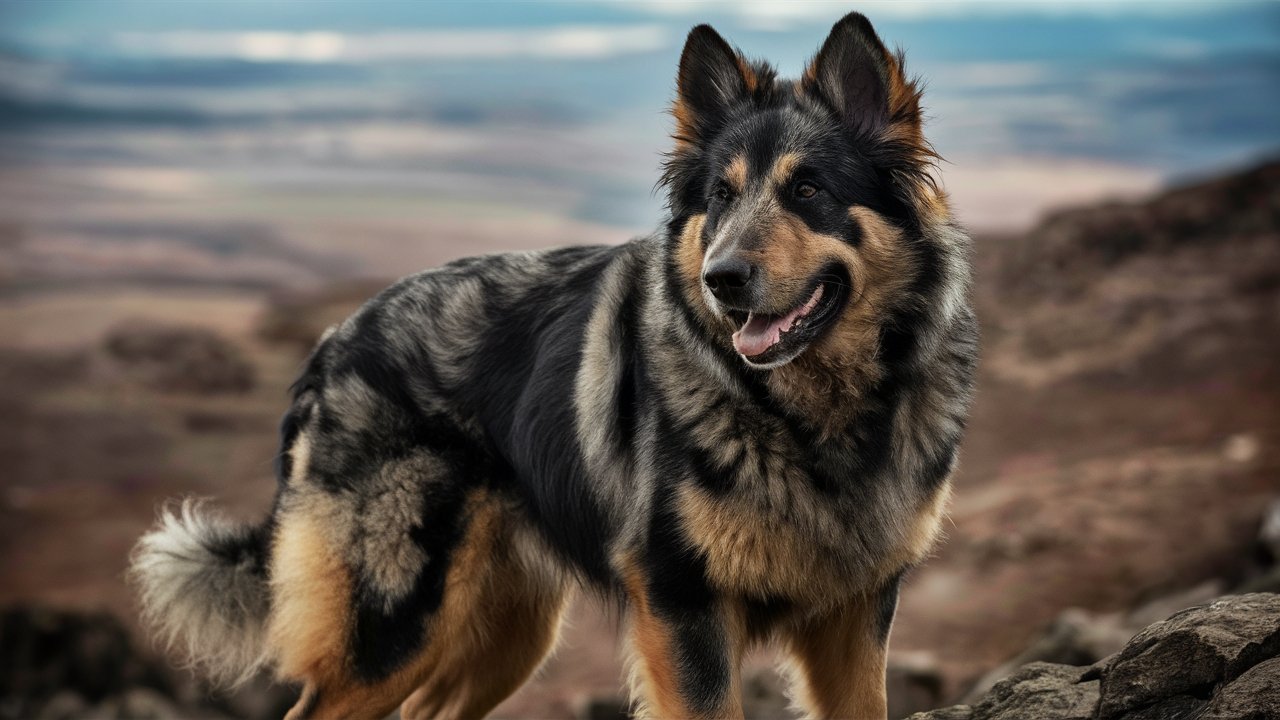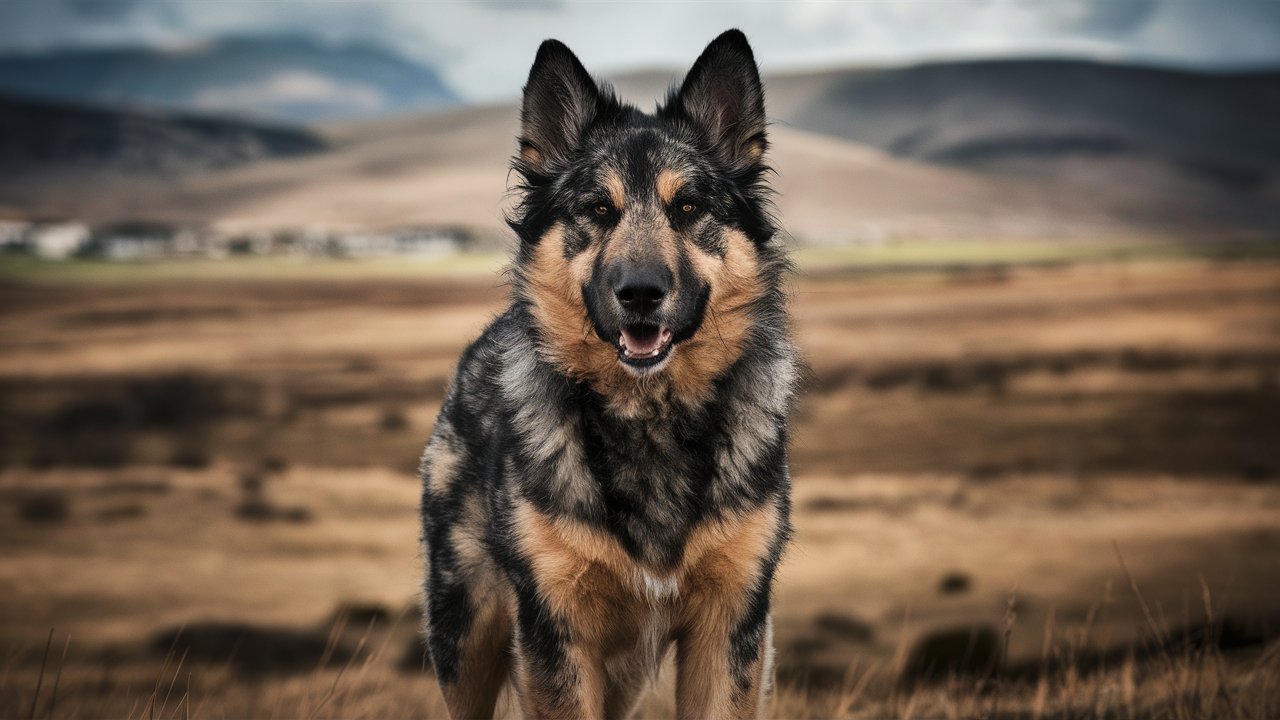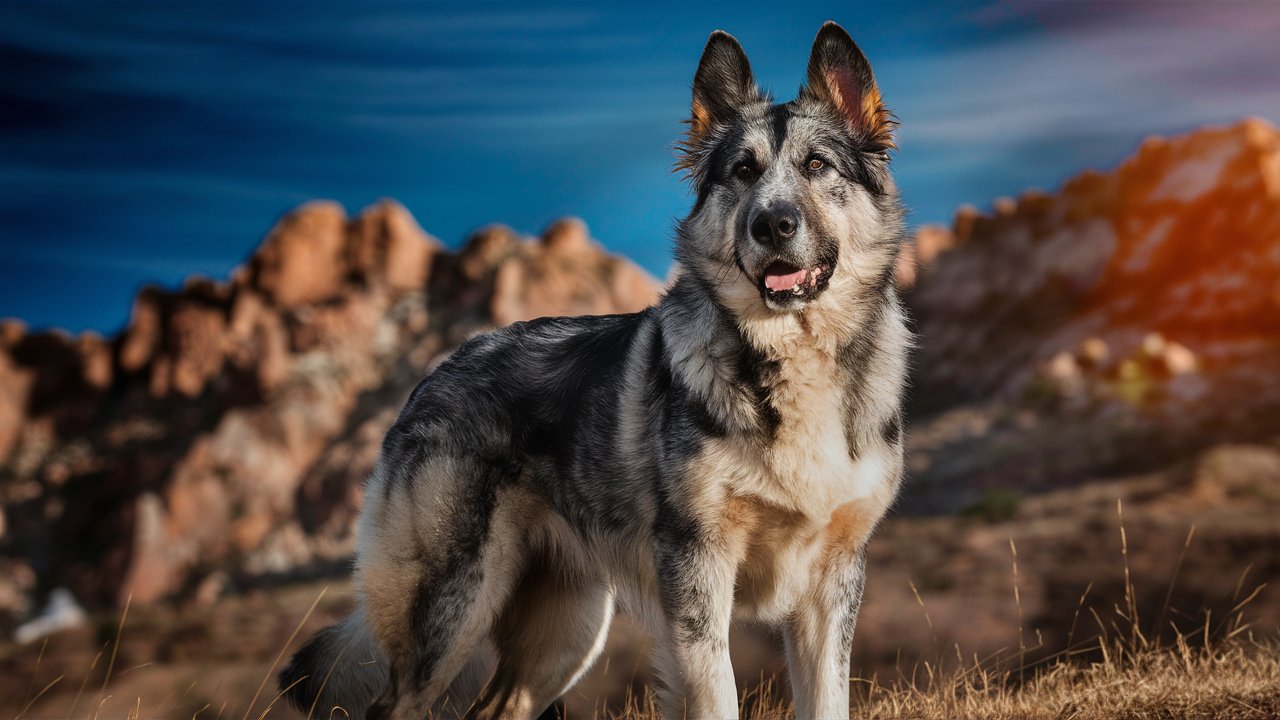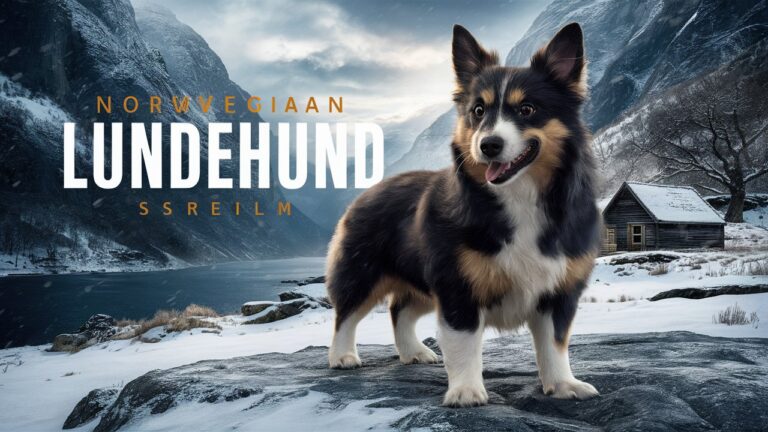The Central Asian Shepherd Dog: 100% Rich Majestic Sentinel of Old
In the world of canine guardianship, few breeds evoke the aura of strength, loyalty, and ancient lineage quite like the Central Asian Shepherd Dog (CASD). Originating from the vast steppes and mountain ranges of Central Asia, this majestic breed has been a steadfast companion and protector for nomadic tribes, farmers, and families across the region for centuries. Today, the CASD is gaining recognition beyond its traditional territories, captivating dog enthusiasts and potential owners worldwide with its imposing stature and gentle demeanor.
Table of Contents
ToggleOrigins and History

The history of the Central Asian Shepherd Dog is as rich and diverse as the landscapes from which it hails. For over 4,000 years, these dogs have been an integral part of Central Asian culture, playing roles that range from herding and guarding livestock to defending against predators and intruders. The breed’s exact origins are shrouded in the mists of time, with some theories suggesting it descends from ancient mastiff-type dogs brought to the region by nomadic tribes, while others propose local domestication from wild ancestors.
Physical Characteristics
The CASD is a large and robust breed, reflecting its heritage as a working dog in harsh climates and challenging terrains. Males typically stand between 25 to 32 inches at the shoulder, with females slightly smaller. They have muscular bodies, a strong bone structure, and a thick double coat that provides insulation against extreme temperatures. The coat comes in various colors and patterns, including solid white, black, brindle, and shades of gray.
One of the most striking features of the CASD is its distinctive head, characterized by a broad skull, strong jaws, and deep-set eyes that convey a sense of intelligence and vigilance. Their ears are typically medium-sized and set high on the head, often carried erect when alert but can be dropped when relaxed. The tail is long and bushy, typically curled over the back or carried in a saber-like position.
Temperament and Behavior
Known for their unwavering loyalty and protective instincts, Central Asian Shepherd Dogs are fiercely devoted to their families and territories. Early socialization and consistent training are crucial to channel their natural guarding instincts in a positive direction. While they are gentle and affectionate with their loved ones, they can be aloof or wary of strangers, traits that have been honed through generations of selective breeding for protective purposes.
CASDs are highly intelligent and independent thinkers, traits that served them well as working dogs in remote and challenging environments. They have a strong prey drive and a natural instinct to patrol and protect, making them excellent guardians of livestock and property. However, their independent nature can also make them challenging for inexperienced owners, requiring firm leadership and clear boundaries.
Living with a Central Asian Shepherd Dog
Owning a Central Asian Shepherd Dog is not a decision to be taken lightly. Due to their size, strength, and protective instincts, they require ample space to roam and a secure enclosure to prevent wandering. Regular exercise is essential to keep them physically and mentally stimulated, although they are not typically high-energy dogs like some working breeds.
Their dense coat requires regular grooming to prevent matting and to manage shedding, which can be significant during seasonal changes. Despite their robust appearance, CASDs are prone to certain health issues like hip dysplasia and bloat, so regular veterinary check-ups and a balanced diet are essential to ensure their well-being.
Cultural Significance and Modern Adaptation

In Central Asian cultures, the CASD holds a revered status as a symbol of strength, loyalty, and protection. They are often featured in folklore and art, celebrated for their contributions to nomadic life and as guardians of valuable livestock such as sheep, goats, and even horses. In recent decades, efforts have been made to preserve and promote the breed both within its native lands and internationally, leading to increased interest and recognition.
Beyond their traditional roles, Central Asian Shepherd Dogs have found new roles as loyal companions and guardians in modern society. Their imposing presence and calm demeanor make them suitable for various tasks, including therapy work and competitive dog sports. Their adaptability and intelligence ensure that they thrive in environments where their natural instincts are valued and nurtured.

Conclusion
The Central Asian Shepherd Dog stands as a testament to the enduring bond between humans and dogs, forged over millennia in the cradle of civilization. From the vast steppes of Central Asia to homes and farms around the world, these majestic guardians continue to leave an indelible mark with their strength, loyalty, and gentle spirit. Whether as protectors of livestock or cherished family members, the CASD embodies the essence of what it means to be a true canine companion.
As interest in rare and ancient dog breeds grows, the Central Asian Shepherd Dog remains a beacon of tradition and resilience, offering both historical significance and contemporary relevance to those fortunate enough to welcome them into their lives. Their story is one of courage, devotion, and unwavering fidelity—a tale that continues to unfold with each new chapter in their journey alongside humanity.
In embracing the legacy of the Central Asian Shepherd Dog, we honor not only their storied past but also their promising future as ambassadors of a timeless bond between man and dog. As guardians of our hearts and homes, they remind us of the enduring power of companionship and the enduring spirit of loyalty that transcends generations.





